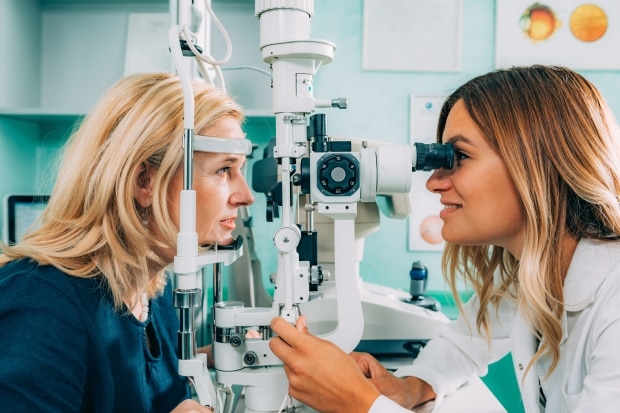Five Types Of Basic Eye Test Examination
Eyes are one of the most fragile organs of the human body. The modern lifestyle and the irresponsible use of technology have created adverse effects on the eyes. Protecting the eyes is essential, hence, a visit to an ophthalmologist on regular bases is a wise step.
If you’ve been having headaches or trouble focusing on objects within a close or far distance, it might be time to visit an ophthalmologist to seek advice for basic eye tests. The following are types of basic eye test examination for early detection of eye diseases.
1. Visual Acuity Test for Observing the Status of the Eyesight
This is the most basic kind of eye test performed to check the quality of your eyesight. An optometrist measures the exact distance from which you can see things. However, the primary evaluation occurs for objects placed at a distance, to examine our capacity to see the farthest things.
Furthermore, any layman can perform this visual acuity test using the right machine. The computerized eye power is also evaluated after the test.
If you are experiencing regular headaches or having trouble seeing things, you must take this eye test in order to prevent your eyesight from getting worse.
2. Color Blindness Test to Check Color Vision
At times, due to failing eyesight, we’re unable to distinguish between colors that are intermingled. So, a color blindness test called the Ishihara color vision test is done to check this issue.
A chart is provided to a patient and he or she is asked to find out the hidden numbers in the chart. Usually, the numbers appear in dotted form and different colors making it difficult for the patient to find it.
3. Retinoscopy to Measure the Refraction Error
In case you need corrective eyeglasses, an optometrist performs retinoscopy to check the strength of your eyesight. This is a special kind of eye test to objectively measure the refraction error in a person’s eyesight.
There are two types of retinoscopy. Static retinoscopy suited for individuals having a relaxed accommodative status of eyesight. Dynamic retinoscopy, on the other hand, is best for individuals having an active accommodative status of eyesight from a near object.
The optometrist performs this test by focusing a red light on the retina of the patient and the doctor understands whether it is reflecting back or not. He also moves the light across the pupil and checks the reflex of the eye.
The patient wears a kind of specs called phoropter and placement of different lenses helps you identify the letters in the chart in front of you. From your result, the optometrist will know which lens suits you best.
4. Autorefractors and Aberrometers
This is a type of electronic device that helps to identify the refraction error on its own and also provides the power prescription. The invention of this machine has made eye tests easier and quicker. The aberrometer test also measures distortions you might have, in your cornea.
5. Biomicroscopy to Check the Underlying Eye Problems
An optometrist uses this device to check the underlying eye problems of the patient. Also called, a slit lamp test, your pupil is dilated with the help of an eye drop containing fluorescein. After close observation of the eyesight from different angles, the optometrist can give a better perspective on the patient’s vision.
A regular eye test is essential for maintaining good vision. These exams are also simple to do and do not cause any pain to the individual. Most of the eye exams are machine operated and quick.
However, depending on your eye condition, your optometrist might recommend a few other tests. Vision problems are not readily evident and the speed at which your eyes can go bad is alarming.
Binge-watching is probably one of the fastest ways to damage your eyes. Here’s a look at what binge-watching might be doing to your eyes.






